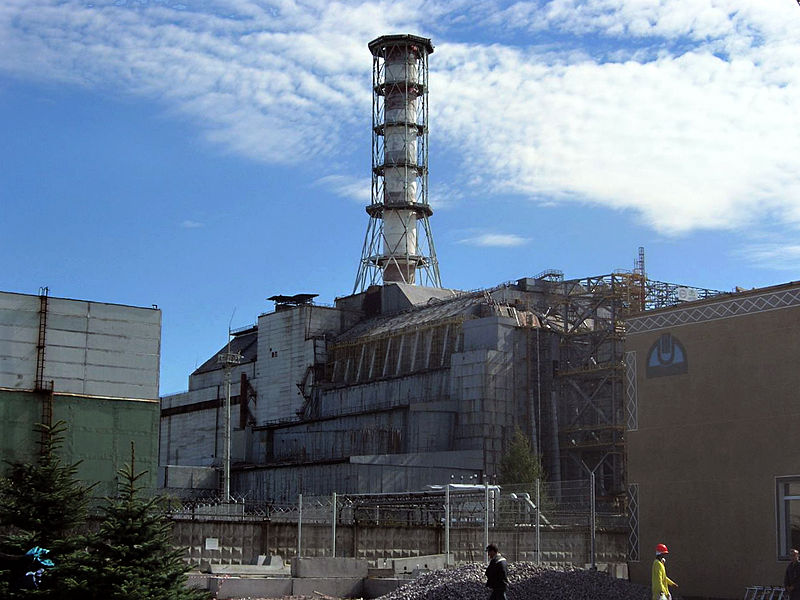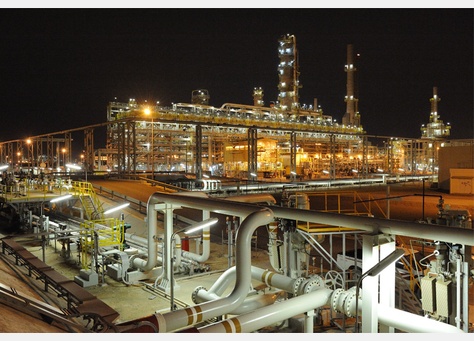Researchers at Sandia National Laboratories (SNL) have been working on the science of scintillators which can be used to detect nuclear threats. They have made a significant breakthrough that will allow such devices to be both more efficient and cheaper to make. The new scintillators are made of an organic glass which is a carbon-based material that can be melted but does not crystallize when it is cooled. It also does not become translucent or opaque when cooled.
For forty years, the crystalline form of a molecule called trans-stibene has been the best material for scintillators. Trans-stibene can tell the difference between gamma rays which are common in the natural environment and neutrons which are primarily produced by materials such as plutonium and uranium which are dangerous radioactive materials that can be used to make weapons. Trans-stibene produces bright light in the presence of both of these types of radiation. Unfortunately, trans-stibene is very expensive to produce and is not common in devices used outside of a laboratory.
The most common materials used in scintillators for use in the field are plastic. They are cheap and can be made into large shapes which is important for the sensitivity of the scintillator. Plastics are not good at distinguishing gamma rays and neutrons. The detectors have to include a tube of helium to make this distinction. The particular isotope of helium used for these tubes is rare, expensive and non-renewable which makes the detectors more expensive and complex. Plastics are also less sensitive and emit less light than trans-stibene.
SNL began working on scintillator technology in 2010 with the goal “strengthen national security by improving the cost-to-performance ratio of radiation detectors at the front lines of all material moving into the country.” The team worked on combining the best and most sensitive scintillator material with the lower cost of less sensitive materials.
The SNL team tested different scintillator materials that they had synthesized to better understand the relationship between molecular structures and radiation detection properties. They were able to create scintillator materials that could differentiate between dangerous radioactive materials that could be use for weapons and other non-threatening nuclear materials used in industry and medicine.
A major breakthrough happened in June of 2016 with the realization that scintillators were a lot like light-emitting diodes (LEDs). LEDs produce light when electrical current is supplied to a material. Scintillators produce light when bombarded with radiation. Depending on the intensity of light and the speed of the appearance of the light, the nature of the radiation can be identified. It turned out that fluorine, a light emitting material used in some LEDs could be included in the scintillator compounds being made by the lab. This led to the best combination of features including stability, transparency and brightness.
The organic glasses being developed at SNL are much brighter than the plastics and they can distinguish gamma rays from neutrons. The incorporation of fluorene yielded stable organics glasses that could be made into large shapes for detectors that could be deployed for wide use. The next step is to create prototype detectors that can be tested in real life conditions. The team also needs to give their new scintillators the ability to tell the difference between dangerous radioactive materials and normal-use radioactive materials. The National Nuclear Security Administration is funding the project for an additional two years.







